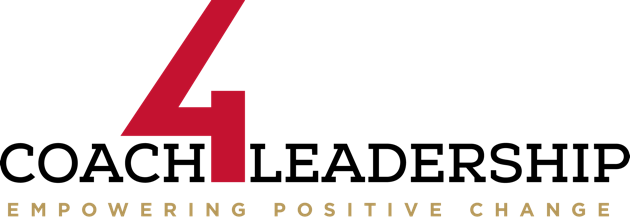When you think of the biggest problem people in your life, which faces immediately come to mind? I bet there are several. I’m also be willing to bet that your face isn’t among them. Unfortunately, that is exactly the face you need to hold in mind….almost. The real issue is that you don’t just have one problem face; you have three. In fact, we all do.

Stick with me here because our effectiveness in work and life can greatly affected by these three faces or characters that repeatedly show-up for us if we let them. In addition to their persistence, our ability to recognize their presence is challenging. Once we do recognize and become aware, we can do something about “them.”
Although I was familiar with David Karpman’s theoretical work related to the 3 characters of the Dreaded Drama Triangle (DDT), I really hadn’t considered or seen any real applied use of it. However my good friend and creative, collaborative partner Daphne Scott has done a masterful job of putting legs to the DDT model and has made it real.
I had the opportunity to watch Daphne at work this past weekend when she taught a couple of hundred people at Breakthrough PT how they Drift from “Presence” and how they can quickly “Shift” back again. In a few short hours everyone in this group not only had an awareness of the concept, but also learned to embody some practical tools around it as well. It’s really pretty simple. But like many simple things, it’s hard to actually do in the moment.
One reason I think it’s hard is because the central premise in the DDT is that YOU are the biggest problem person in your life. And the problems begin when you shift from “Presence” to “Drama”. Presence is about being real, authentic and engaged in the moment; you’re both being and moving in concert with what is happening. Drama, on the other hand, is when you take more or less than 100% responsibility with any given person or situation………once you do that you’ve shifted onto the DDT.
How do you know when you’re taking more or less than 100% responsibility? If your blaming, judging, criticizing, complaining, demanding to be right, justifying worrying or being self-righteous, you can rest assured your “there”. A lot more can be added here, but everyone can identify with this short list (and if you can’t, then your self-denying so welcome to the club!).
When your on the DDT and you take a look in the mirror, what will you see? Answer: one of the following three characters. Here is a brief profile for each:
- Victim– Avoids taking responsibility and deny’s or diminishes personal power or agency and is
 always at the mercy of someone, some thing or some situation. Sounds terrible, but there are some special benefits enjoyed by the Victim, like extra attention and having someone else “fix” the problem.
always at the mercy of someone, some thing or some situation. Sounds terrible, but there are some special benefits enjoyed by the Victim, like extra attention and having someone else “fix” the problem. - Villain– Avoids real awareness by focusing on a single, convenient answer. Whether the scapegoat is you or someone else, the key is that the Villain gets to decide. Some benefits here are being able to avoid realities that can be troubling, keeping the focus where you want it to be, and satisfaction in being “right.”
- Hero– No, this Hero isn’t a good. Like the other two characters in this Drama, the focus is external versus internal where it belongs. The Hero seeks to control, change and achieve solutions that simply make the pain or problem go away regardless of whether a best interest is being served. While the Hero may look better that the other two characters, he/she can only exist when the other two are present! Strangely, the Hero quickly morphs into a Victim when their “helping” efforts are rebuffed or aren’t appreciated and then assumes the role of the Villain when responding out of anger or getting back.
While no model is perfect, I have found that just about everybody can identify with the 3 “Problem People” of the DDT. Everyone loses touch with authenticity and drifts from “Presence” from time to time. The goal is to grow in our awareness, drift less often and when we do drift get quickly back to presence.
What triggers you and what character shows up most often when you drift? While awareness here is the critical 1st step, perhaps the more important question is how to Shift back to 100% responsibility when drift does occur. That’s where we’re going soon, so stay tuned.
Please leave a comment (no drama allowed 🙂 ).





 were first a great person in your life. I know that’s been the case with the great leaders in my life and I’ve been blessed with many over the years, including my dad. In addition to the excellence I saw those leaders add to our cause and organization, they also demonstrated a personal excellence which was attractive and that made me want to imitate them.
were first a great person in your life. I know that’s been the case with the great leaders in my life and I’ve been blessed with many over the years, including my dad. In addition to the excellence I saw those leaders add to our cause and organization, they also demonstrated a personal excellence which was attractive and that made me want to imitate them.

